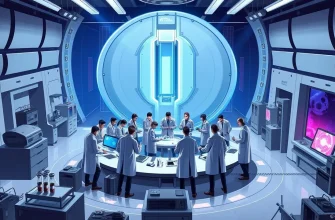If you're a fan of both action-packed thrillers and the intrigue of scientific discovery, this curated list of films is just for you. These movies blend high-octane action with the cerebral atmosphere of scientific facilities, offering a unique cinematic experience. From isolated research stations to cutting-edge labs, these films showcase how science can be a backdrop for intense drama and gripping action sequences. Whether it's battling against time, nature, or human adversaries, these films provide a thrilling escape into worlds where knowledge and danger collide.

The Andromeda Strain (1971)
Description: Set in a high-security underground lab, this film follows a team of scientists as they race against time to analyze and contain an alien microorganism that threatens humanity.
Fact: The film was based on Michael Crichton's novel of the same name.
 Watch Now
Watch Now

The Thing (1982)
Description: This classic horror film set in an Antarctic research station features a shape-shifting alien that creates paranoia and tension among the scientists. The action unfolds as they try to identify and eliminate the creature before it's too late.
Fact: The film was remade in 2011, but the original is often considered superior for its atmosphere and practical effects.
 Watch Now
Watch Now
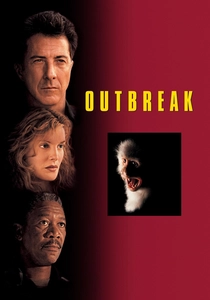
Outbreak (1995)
Description: While not exclusively in a scientific facility, the film features scenes in a CDC lab where scientists work to identify and combat a deadly virus, with action sequences involving military intervention.
Fact: The film was inspired by real-life events like the Ebola outbreaks.
 Watch Now
Watch Now
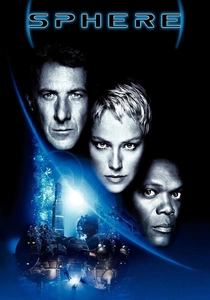
Sphere (1998)
Description: A team of scientists investigate a mysterious spacecraft at the bottom of the ocean, leading to psychological and physical action as they confront their deepest fears and the unknown.
Fact: The film was based on Michael Crichton's novel, though it received mixed reviews for its adaptation.
 Watch Now
Watch Now

Armageddon (1998)
Description: Although not entirely set in a scientific facility, the film features scenes in NASA's control room and a training facility where scientists and astronauts prepare for a mission to destroy an asteroid heading towards Earth.
Fact: The film was a box office hit, despite its scientific inaccuracies.
 Watch Now
Watch Now
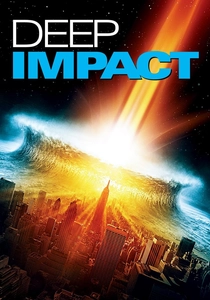
Deep Impact (1998)
Description: This disaster film includes scenes in a scientific research center where scientists work on a plan to deflect a comet on a collision course with Earth, showcasing the tension and action of scientific decision-making.
Fact: The film was released in the same year as "Armageddon," leading to comparisons between the two.
 Watch Now
Watch Now
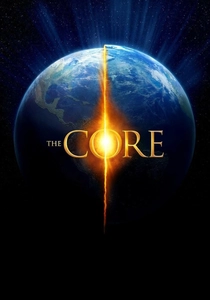
The Core (2003)
Description: Scientists and astronauts embark on a mission to drill to the Earth's core to restart its rotation, with much of the action taking place in a high-tech research facility before they venture into the unknown.
Fact: The film's premise was inspired by the Jules Verne novel "Journey to the Center of the Earth."
 Watch Now
Watch Now
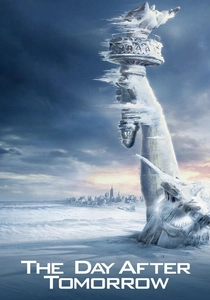
The Day After Tomorrow (2004)
Description: While not exclusively set in a scientific facility, the film features key scenes in a New York library where scientists work to understand and combat the sudden onset of a new ice age. The action revolves around their efforts to survive and save humanity.
Fact: The film was criticized for its scientific inaccuracies but praised for its visual effects.
 Watch Now
Watch Now
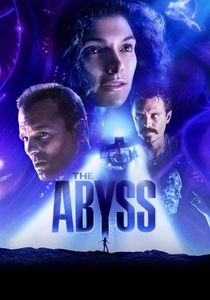
The Abyss (1989)
Description: While primarily an underwater adventure, the film includes scenes in a deep-sea oil rig turned into a makeshift research station, where the crew encounters mysterious phenomena and must deal with both human and alien threats.
Fact: James Cameron directed this film, and it was one of the first to use CGI for water effects.
 30 Days Free
30 Days Free

DeepStar Six (1989)
Description: Set in an underwater military research facility, this film pits the crew against an ancient sea creature awakened by their drilling operations. The action is intense as they fight for survival in the depths of the ocean.
Fact: This film was part of a wave of underwater horror movies in the late '80s.
 30 Days Free
30 Days Free


